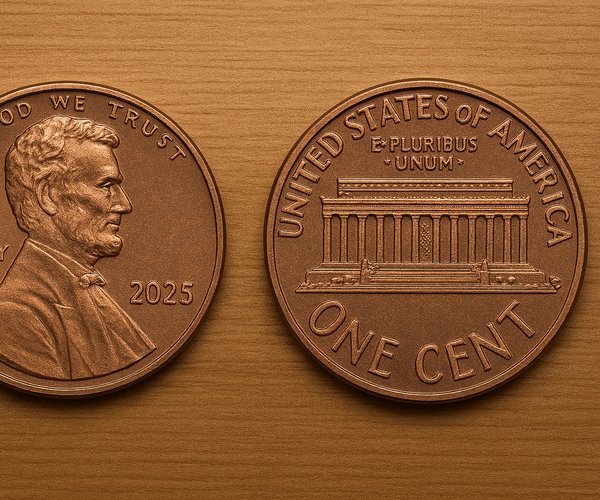Music has long been used strategically to elicit certain emotions and create psychological responses. Singers invite their audiences to clap and sing along to become more engaged. Music is incorporated into virtually every political rally, advertisement for soap, or church service. It’s how we learn our ABC’s.
Time travel may never be a reality but a favorite song can be the next best thing. Some songs seem to take you back – to memories happy or sad, or to specific moments in time. Now a KU researcher aims to find the hard science behind music therapy.
KU Life Span Institute researcher Deanna Hanson-Abromeit, professor of music therapy and music education, has established the Therapeutic Function of Music Plan, or TFM. According to a University of Kansas news release, she wants to use this framework to improve the rigor of music-based interventions development, implementation and research. Writing in the May 2025 edition of Frontiers in Psychology, she described how the TFM can specify what the music contributes to the intended outcomes and now it should be applied to developing music-based interventions defined in the National Institutes of Health MBI toolkit.
Researchers already know there is power in music. As the news release notes, “A song can make you feel sad. A leisurely paced instrumental piano tune can make you feel relaxed. An intense beat can make you get up and dance. Music has also been used to promote healing, improve memory and alleviate pain.” That’s soft science. Hanson-Abromeit wants to look at the hard science.
One of her federally funded research projects now underway uses music therapy to encourage language development in infants and toddlers and may further inform how music can strategically affect outcomes. Other implications for music therapy that she is exploring include using singing to improve lung function for individuals with chronic obstructive pulmonary disease and treating withdrawal symptoms for newborns exposed to opioids by encouraging dopamine reactions through music.
“We’re developing a theory of the music for intervention, and then we can check the theoretical fidelity – is the music that we’re using in this intervention actually designed to function for the change we say it is, versus singing any old song that someone might like,” Hanson-Abromeit said.
We wish her success with this research, while personally hoping the music remains in the realm of magic beyond science. For a morning pick-me-up, we prescribe a few tunes from our Happy Playlist, starting with “Build Me Up, Buttercup,” on to “Draggin’ the Line” and “The 59th St. Bridge Song.”
Here’s to feelin’ groovy and not knowing why.





